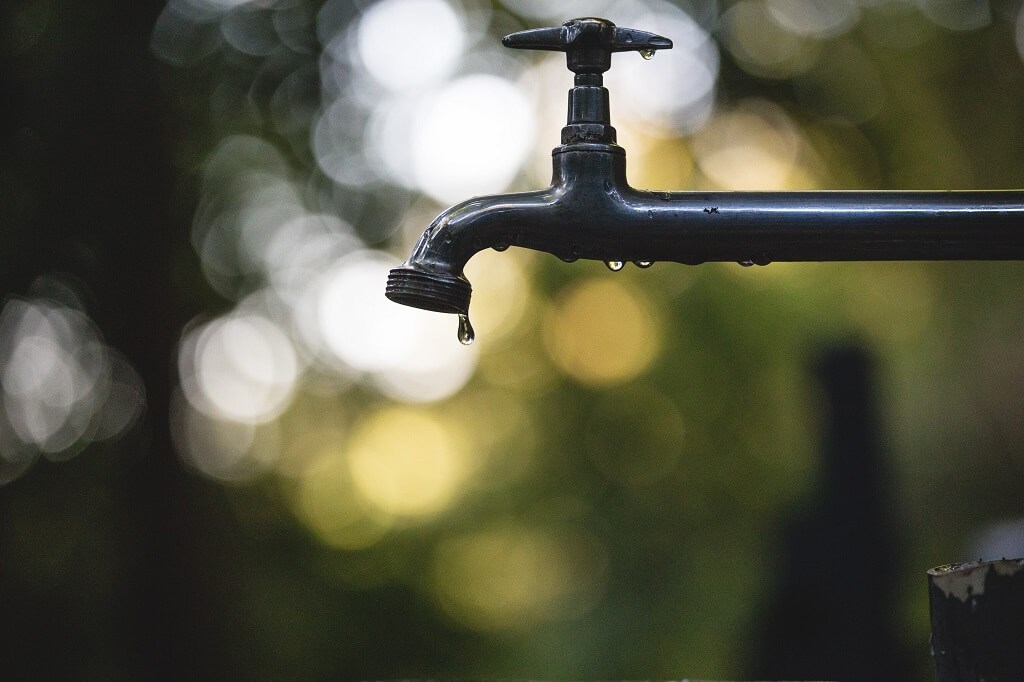We all have dealt with clogged drains and pipes that are severe enough to require the services of a plumber. But what if the problem is not with the water draining out, but with the amount of water coming out? Water pressure in most homes is between 40 and 45 pounds per square inch (or PSI). If you suffer from low water pressure, it's likely that your pressure has dropped below this level.
The average American family uses 300 gallons of water per day when they shower, run the dishwasher, and flush the toilet. We often do not think about where our water comes from and how it gets to our faucets. When the water pressure drops, most of us do not know where to look.
Here, we talk about ten likely causes of low water pressure, so you know what to do and who to call if necessary. Read on to find out why your home is in such a state of disarray.
A Problem Has Arisen with Your Water Supplier
Ask around before you start turning valves and rerouting pipes. If your neighbors are having similar problems, it's unlikely that your low water pressure is due to a problem in your home.
Find out if your water provider knows about the problem and is working to fix it. If it is a problem that is being worked on, you will have to wait a while.
If the problem is denied or they refuse to fix it, you may need to take action. You would not have thought it would take a petition to get the shampoo to rinse out of your hair properly, but it might.
The Laws in Your City Have Changed
It's also possible that your city's water regulations have changed, forcing your water provider to comply.
In this case, you should consider investing in a water pressure boosting system. Even though you can set up these systems yourself, it's better to hire a plumber to make sure it's done right.
The size and age of the pipes will play a role in the proper installation. You may also need to hire an inspector after making such a change to your home. All these steps will be greatly simplified if you hire a plumber.
The Shut-off Valve in The Main House Is Not Fully Open
If you are the only one in your neighborhood suffering from low water pressure, it's time to look for the problem in your own home.
It's important for homeowners to know where the shut-off valve is in the main house and how to turn it off. We will now discuss what happens when the door is not fully open.
You have not tampered with this valve unless there was an emergency with a leak or burst pipe. It could be outside, but most likely it is inside your home where the main city supply comes in.
You need to turn it counterclockwise all the way if it looks like the handle you use to turn on your water hose. If the handle resembles a lever, it should be parallel to the pipe. Otherwise, it is not fully open. That's why your blood pressure is so low because it's not fully open.
The Valve on The Water Meter Is Not Fully Open
The second valve that controls the water supply in your home is the valve on the water meter. Most residents will never deal directly with this valve, as it belongs to the water company. Some of them, especially the underground ones, are extremely difficult to access.
You should contact your water provider if any work has been done to your home recently, especially if you noticed low water pressure at that time. It is likely that the valve was not fully opened after the work was completed, so someone will need to go in and fully open it.
The Pressure Regulator No Longer Works
A pressure regulator is not standard in all plumbing installations. This solution is not for you if you do not have one.
If that's the case, you can run a test to see if the pressure regulator is not giving you an accurate reading. Connect a water pressure gauge to the spigot on your outdoor hose, preferably the one closest to your pressure regulator. When you turn on the water, the gauge will immediately show you your water pressure.
If the pressure is lower than what the pressure regulator indicates, the problem may be with the pressure regulator. These pressure regulators are used to lower the pressure in your water line to a level that is safe for your pipes. If it's not reading, it thinks it's doing its job, when in reality it's letting a low PSI through.
You can replace your pressure regulator yourself, but if you do not like working with pipes, it's a good idea to hire a plumber.



